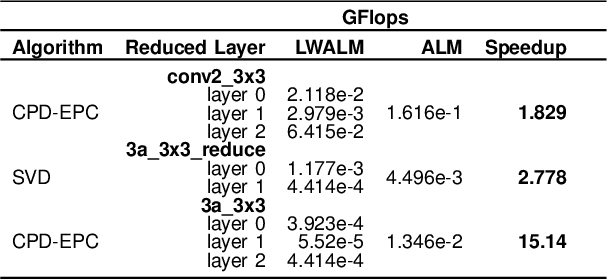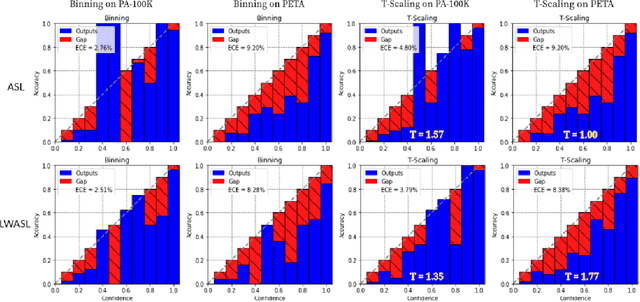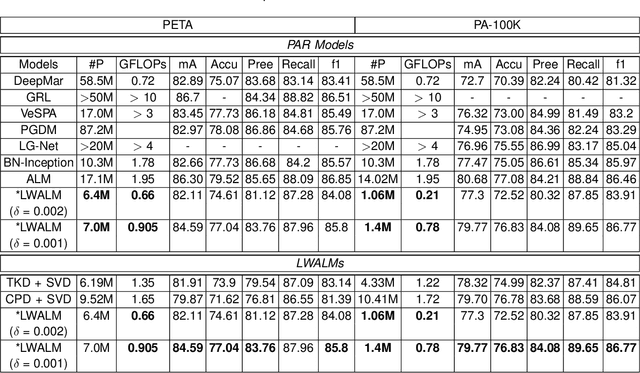Thar Baker
Energy Efficiency Maximization in IRS-enabled Phase Cooperative PS-SWIPT based Self-sustainable IoT Network
Jan 10, 2024Abstract:Power splitting based simultaneous wireless information and power transfer (PS-SWIPT) appears to be a promising solution to support future self-sustainable Internet of Things (SS-IoT) networks. However, the performance of these networks is constrained by radio frequency signal strength and channel impairments. To address this challenge, intelligent reflecting surfaces (IRSs) are introduced in PS-SWIPT based SS-IoT networks to improve network efficiency by controlling signal reflections. In this article, an IRS-enabled phase cooperative framework is proposed to improve energy efficiency (EE) of the IoT network $({\mathtt {I}}^{net})$ using phase shifts of the user network $({\mathtt {U}^{net})}$, without constraining hardware resources at ${\mathtt {U}^{net}}$. We exploit transmit beamforming (BF) at access points (APs) and phase shifts optimization at the IRS end with phase effective cooperation between APs to enhance ${\mathtt {I}}^{net}$ EE performance. The maximization problem turns out to be NP-hard, so first, an alternating optimization (AO) is solved for the ${\mathtt {U}^{net}}$ using low computational complexity heuristic BF approaches, namely, transmit minimum-mean-square-error and zero-forcing BF, and phase optimization is performed using semidefinite relaxation (SDR) approach. To combat the computational complexity of AO, we also propose an alternative solution by exploiting heuristic BF schemes and an iterative algorithm, i.e., the element-wise block-coordinate descent method for phase shifts optimization. Next, EE maximization is solved for the ${\mathtt {I}^{net}}$ by optimizing the PS ratio and active BF vectors by exploiting optimal phase shifts of the ${\mathtt {U}}^{net}$. Simulation results confirm that employing IRS phase cooperation in PS-SWIPT based SS-IoT networks can significantly improve EE performance of ${\mathtt {I}^{net}}$ without constraining resources.
Lightweight Attribute Localizing Models for Pedestrian Attribute Recognition
Jun 16, 2023


Abstract:Pedestrian Attribute Recognition (PAR) deals with the problem of identifying features in a pedestrian image. It has found interesting applications in person retrieval, suspect re-identification and soft biometrics. In the past few years, several Deep Neural Networks (DNNs) have been designed to solve the task; however, the developed DNNs predominantly suffer from over-parameterization and high computational complexity. These problems hinder them from being exploited in resource-constrained embedded devices with limited memory and computational capacity. By reducing a network's layers using effective compression techniques, such as tensor decomposition, neural network compression is an effective method to tackle these problems. We propose novel Lightweight Attribute Localizing Models (LWALM) for Pedestrian Attribute Recognition (PAR). LWALM is a compressed neural network obtained after effective layer-wise compression of the Attribute Localization Model (ALM) using the Canonical Polyadic Decomposition with Error Preserving Correction (CPD-EPC) algorithm.
 Add to Chrome
Add to Chrome Add to Firefox
Add to Firefox Add to Edge
Add to Edge